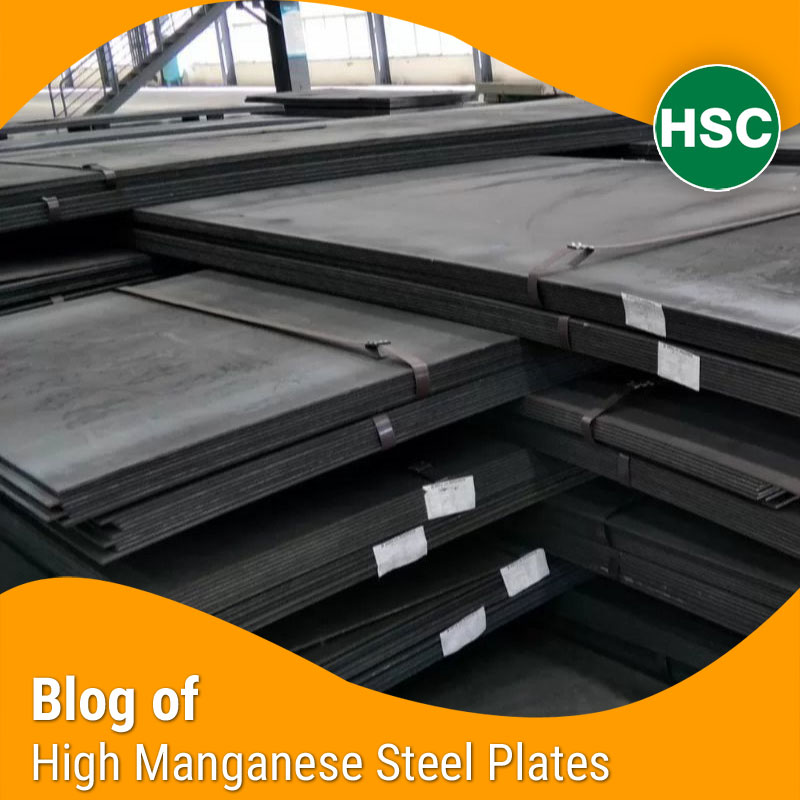Introduction: Why Hadfield Steel Still Stands Out
In a world full of alloys, Hadfield steel continues to hold its ground—literally and figuratively. Developed by Robert Hadfield in 1882, this high-manganese steel is the benchmark for impact resistance and work-hardening. But what exactly makes it so unique?
Let’s explore how Hadfield Manganese Steel differs from other wear-resistant materials—and why it’s still the top choice in crushers, rail tracks, and heavy-impact zones.
Composition: The Power of 12%–14% Manganese
Hadfield steel is a non-magnetic austenitic steel composed of:
- Mn (Manganese): 12–14%
- C (Carbon): 1.0–1.4%
- Fe (Iron): Balance
- Trace elements: Phosphorus, Sulfur, Silicon
This unique blend allows it to harden with impact—a rare trait. Unlike other steels, Hadfield doesn’t need surface hardening—it work-hardens naturally under stress.
💥 Work Hardening: Tougher the Hit, Stronger the Plate
What sets Hadfield steel apart?
👉 It gets harder the more you hit it.
- Initial hardness: ~220 BHN
- After impact: can reach up to 550 BHN
This “self-armoring” behavior makes it perfect for crusher liners, rail crossings, and impact hammers, where repeated blows are the norm.
Mechanical Properties That Make a Difference
| Property | Hadfield Steel |
|---|---|
| Yield Strength | ~350 MPa |
| Tensile Strength | ~850–1350 MPa |
| Elongation | 35–65% |
| Hardness | Up to 550 BHN after impact |
| Structure | Austenitic, non-magnetic |
The high ductility and non-magnetic nature make Hadfield ideal for dynamic loads where other steels would crack.
Real-World Applications
- Jaw Crusher Plates
- Cone Crusher Mantles
- Rail Frogs and Crossings
- Shot Blasting Machine Liners
- Bulldozer Blades
- Dredger Buckets
- Agricultural Plowshares
- Prison Bars and Security Panels
💡 Hadfield steel is often used where impact is high and constant, and material integrity is critical.
Machining and Welding: Not Easy, But Doable
While Hadfield steel offers incredible wear resistance, it’s not the easiest to process.
- Cutting: Requires plasma or waterjet
- Welding: Needs low-heat input and special electrodes
- Drilling/Machining: Only with carbide or diamond tools
🔧 Its difficulty to cut is actually a benefit—makes it harder to wear down or break under stress.
Hadfield vs AR Plates or CCO
| Feature | Hadfield | AR Plate (e.g., AR500) | CCO Plate |
|---|---|---|---|
| Best For | Impact Zones | Sliding Abrasion | Low-impact, high-wear |
| Hardness | Work-hardens | Fixed (~500 BHN) | Very High (600+ BHN) |
| Weldability | Difficult | Easier | Brittle zones |
| Ductility | High | Medium | Low |
Hadfield is unmatched in impact toughness. While AR and CCO have higher initial hardness, they can’t handle repeated shock the way Hadfield can.
Sustainability and Lifespan
Because Hadfield steel self-regenerates its hardness, it lasts longer than expected in its correct application—reducing replacement cycles and material waste.
Many mining and crushing plants that switched back to Hadfield from cheaper options found that lifespan doubled.
Voice Search Optimized FAQs
✅ What is Hadfield steel used for?
It’s used in crushers, rail crossings, shot blast machines, and impact-heavy applications.
✅ What makes Hadfield steel special?
Its work-hardening property—it gets tougher when hit.
✅ Is Hadfield steel magnetic?
No, it’s austenitic and non-magnetic, even under stress.
✅ Can Hadfield steel be welded?
Yes, but it requires low heat input and special electrodes.
✅ How hard is Hadfield steel?
Initially ~220 BHN; after work-hardening, it can go up to 550 BHN.
Summary: Why Hadfield Steel Is Still King
Hadfield manganese steel is not just another alloy—it’s a material that transforms under stress, thrives in chaos, and delivers unmatched durability where it matters most.
For crushers, rail components, impact zones, and beyond—Hadfield steel remains the trusted name for industrial toughness.

